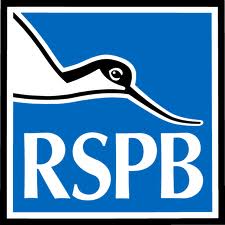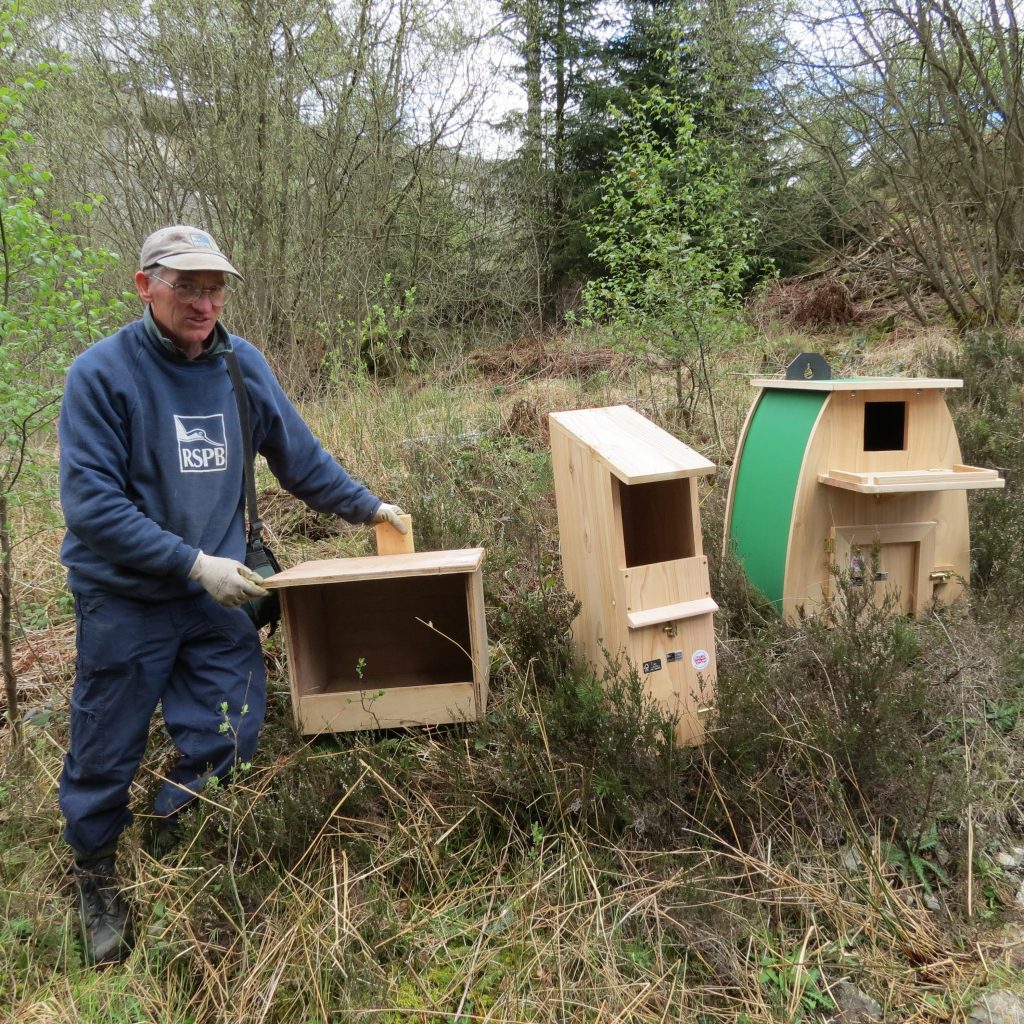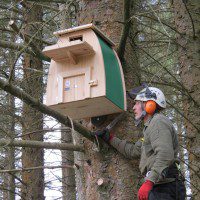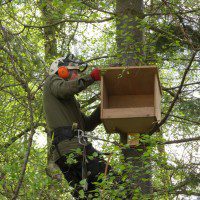New homes for threatened birds across the Galloway Hydro Scheme
 RSPB Scotland has been working with ScottishPower to give nature a home along the Galloway Hydro Scheme.
RSPB Scotland has been working with ScottishPower to give nature a home along the Galloway Hydro Scheme.
Dozens of specialist nest boxes have been put up for birds like pied flycatchers and barn owls, with nesting ledges providing alternatives for crag-nesting species such as kestrels and peregrines.
Much of the work, which includes locations on the RSPB Scotland reserve at Ken-Dee Marshes, has been carried out by specialist local contractor Ciril Ostronznik. The Iberdrola Foundation – the charitable arm of ScottishPower’s parent company – has contributed £10,500 to the scheme in order to protect and enhance the biodiversity of the local area.
RSPB Scotland’s Chris Rollie said: “What woodland birds really need is old trees with cavities and natural holes formed over time, but that’s just what many of our woodlands are missing. By putting up high quality nest boxes, we’re providing the next best thing and supporting many species, some of which are scarce and under threat.
“Pied flycatchers, for example, are long distance migrants that overwinter in Africa and return to breed in the UK’s native woodlands each spring. Numbers have declined significantly in recent years, especially in England, and our populations in Galloway are becoming increasingly important. Research has shown that populations can be increased by providing nest boxes, particularly ones that offer good protection from predators.”
Another issue the scheme hopes to address is the disturbance of owls and raptors, which regularly nest on or close to Galloway Hydro installations. By providing them with alternative nesting sites away from people, it is hoped their chances of breeding successfully will be improved.
Graeme Dickie of ScottishPower said: “We have a long-standing relationship with the RSPB, who lease wetlands from ScottishPower on their Ken-Dee Marshes reserve. We also liaise closely over Loch Ken water levels during the waterfowl breeding season and with regard to owls and raptors breeding on or near our installations. We are grateful to the Iberdrola Foundation for its contribution to the RSPB which will help towards the enhancement of biodiversity in this way.”







